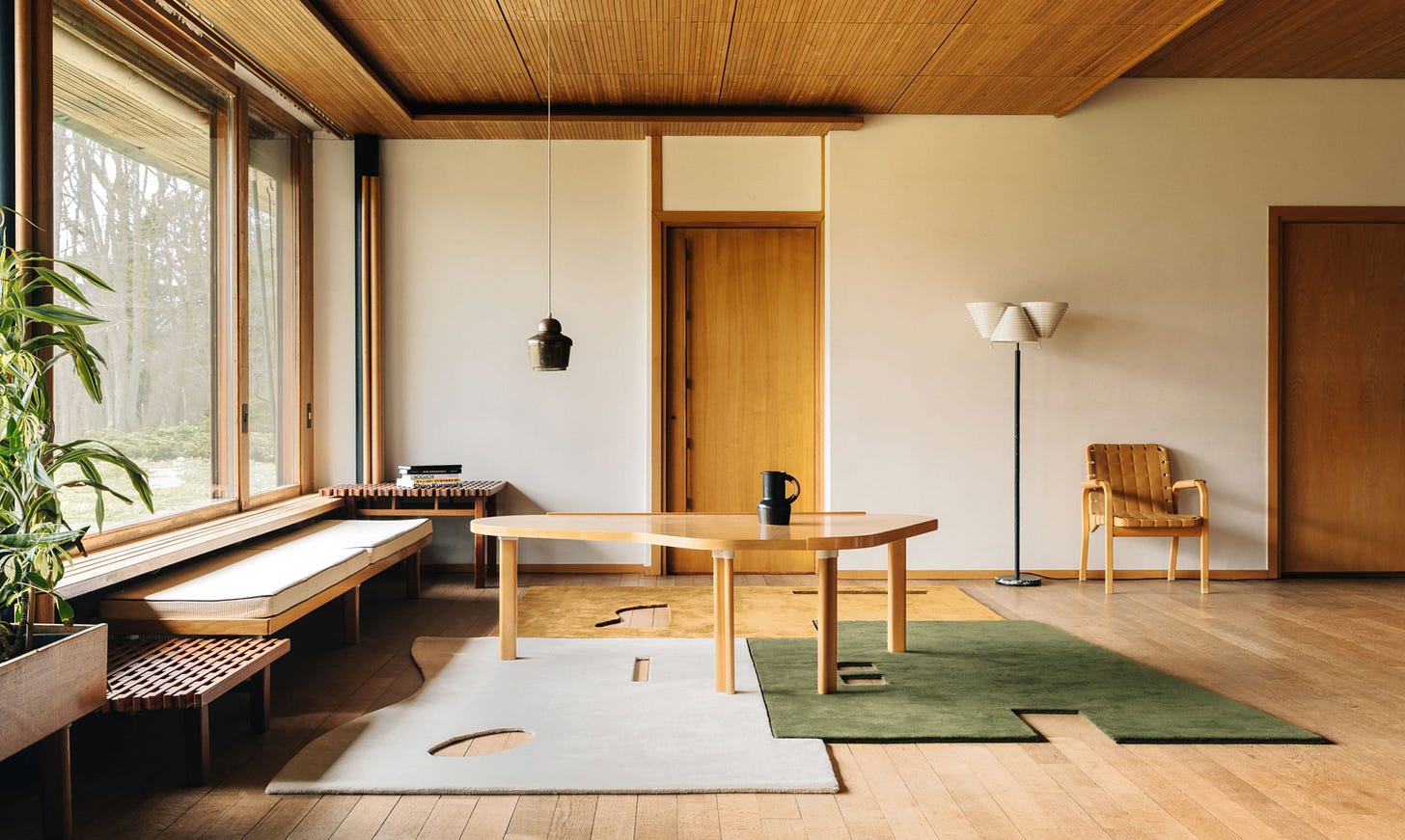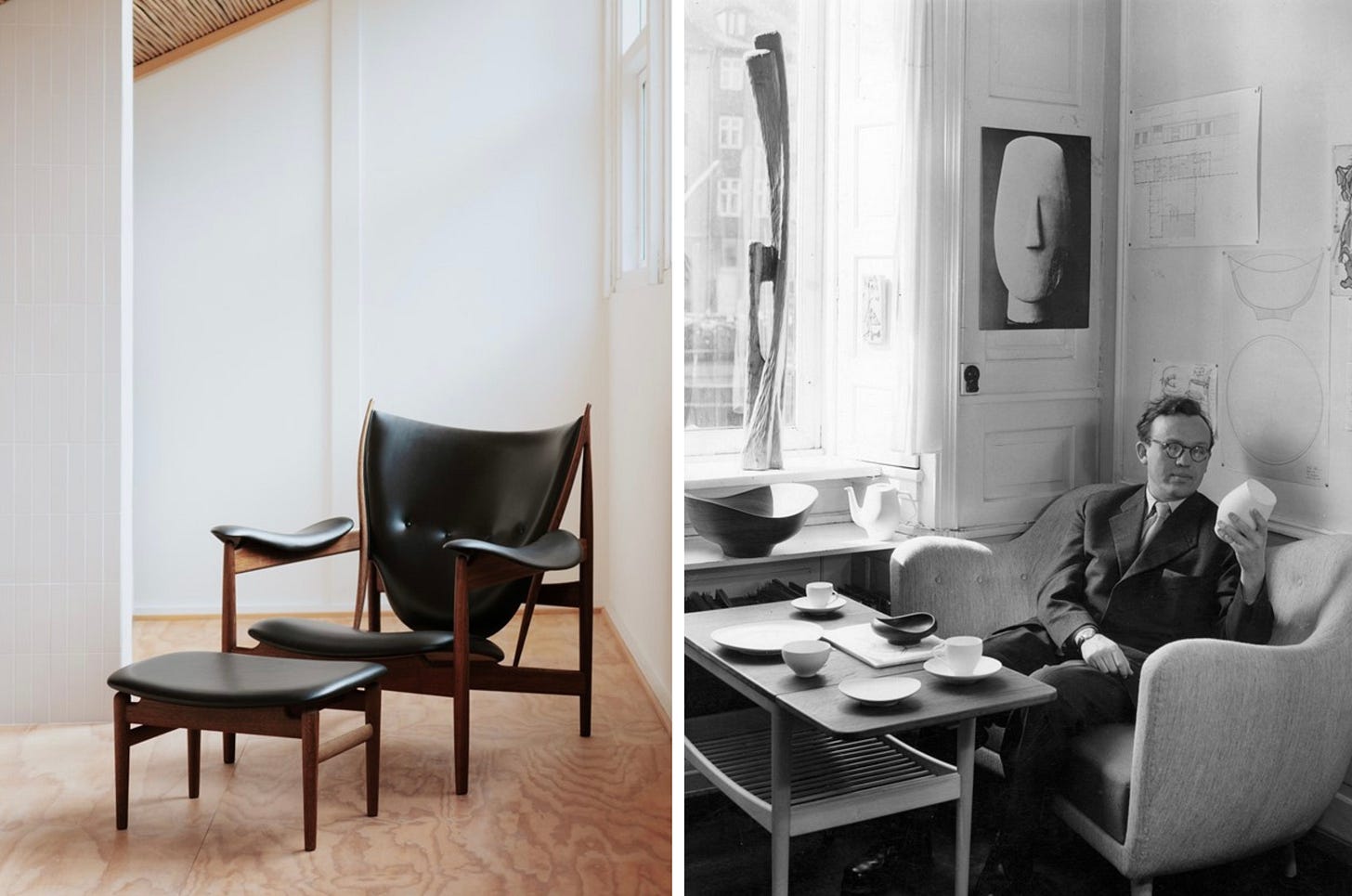Five Scandinavian Designers Who Defined Mid-Century Modernism
The Scandinavian Minds Who Shaped America’s Mid-Century Homes
Scandinavian design holds a distinct place in mid-century modernism, significantly influencing aesthetics in the United States during the post-war era. In the 1950s and 60s, American households embraced the practical elegance, functional simplicity, and expert craftsmanship of Scandinavian furniture and interiors.
This design philosophy resonated with the optimistic, forward-looking American spirit of the time, aligning perfectly with a cultural shift towards clean, clutter-free spaces that celebrated natural materials and ease of use.
Scandinavian design, with its commitment to blending beauty and practicality, offered an appealing alternative to the heavier, traditional styles of previous decades. Many Scandinavian architects and designers significantly shaped mid-century and contemporary design. Here, we introduce five whose work we believe you should definitely know more about.
(Marco Guagliardo - Mid-Century Home’s Editor in Chief)

Alvar Aalto (Finland)
Finnish architect and designer Alvar Aalto infused modernism with warmth and accessibility. Aalto rejected rigid functionalism, introducing organic curves inspired by natural landscapes into his designs. His emphasis on human comfort and everyday usability aligned with the broader Scandinavian ethos but distinguished him from his contemporaries through his softer, more approachable modernist aesthetic. The Stool 60, manufactured by Artek since its creation in 1933, represents Aalto’s innovative use of bent plywood, capturing his commitment to simplicity, functionality, and enduring elegance.
Svend Aage Holm-Sørensen (Denmark)
Lighting designer Svend Aage Holm-Sørensen brought innovation to mid-century illumination through his forward-thinking use of metals and creative shapes. Holm-Sørensen prioritized practical beauty, blending Scandinavian simplicity with expressive, modernist forms. His lamps often featured perforated shades, casting playful yet functional lighting. The Cone Wall Lamp, reissued today by Warm Nordic, exemplifies his style with a distinctive combination of function, understated elegance, and technical creativity.
Finn Juhl (Denmark)
Finn Juhl brought an artistic sensibility to Danish modernism, focusing on sculptural forms rather than strictly utilitarian pieces. Juhl’s unique approach merged craftsmanship and fine art, influencing not only Scandinavian designers but also American modernists through international exhibitions and collaborations. The Chieftain Chair, first introduced in 1949 and still produced by House of Finn Juhl today, showcases his distinctive approach—a balance of form, comfort, and visual harmony that continues to inspire contemporary design.
Hans Olsen (Denmark)
Hans Olsen was renowned for his playful yet functional approach to furniture design, emphasizing versatility and innovative use of space. His style often incorporated clever, multifunctional designs suited to modern living. Olsen's iconic Fried Egg Chair, first introduced in the 1950s and still produced today by Warm Nordic, exemplifies his approach to creating comfortable, visually engaging furniture with distinctively organic forms.
Greta Magnusson-Grossman (Sweden)
Greta Magnusson-Grossman uniquely bridged Scandinavian minimalism with American mid-century style after relocating to California in the 1940s. Grossman’s work stood out for its playful yet sophisticated character, capturing the American spirit of innovation while retaining her Swedish design roots. Her Cobra Lamp, a timeless piece still produced by GUBI today, reflects her adeptness at blending function with aesthetic grace, featuring a fluid, dynamic form that continues to appeal to modern tastes.
These designers, each distinct in approach, collectively embodied Scandinavian design values of simplicity, functionality, and thoughtful craftsmanship. While not typically collaborating formally on specific projects, they influenced each other significantly through shared ideals and principles.
Exhibitions like the Milan Triennale and MoMA showcases in New York provided forums for exchanging ideas, sparking mutual inspiration and indirectly elevating one another’s work. Designers such as Finn Juhl played critical roles in introducing Scandinavian aesthetics globally, thus benefiting contemporaries like Hans Olsen and Svend Aage Holm-Sørensen.
Similarly, Greta Magnusson-Grossman’s relocation to the United States opened a direct pathway for Scandinavian design into American homes. This interconnected influence, though subtle and indirect, created a cohesive design ethos that remains influential in contemporary interiors.








